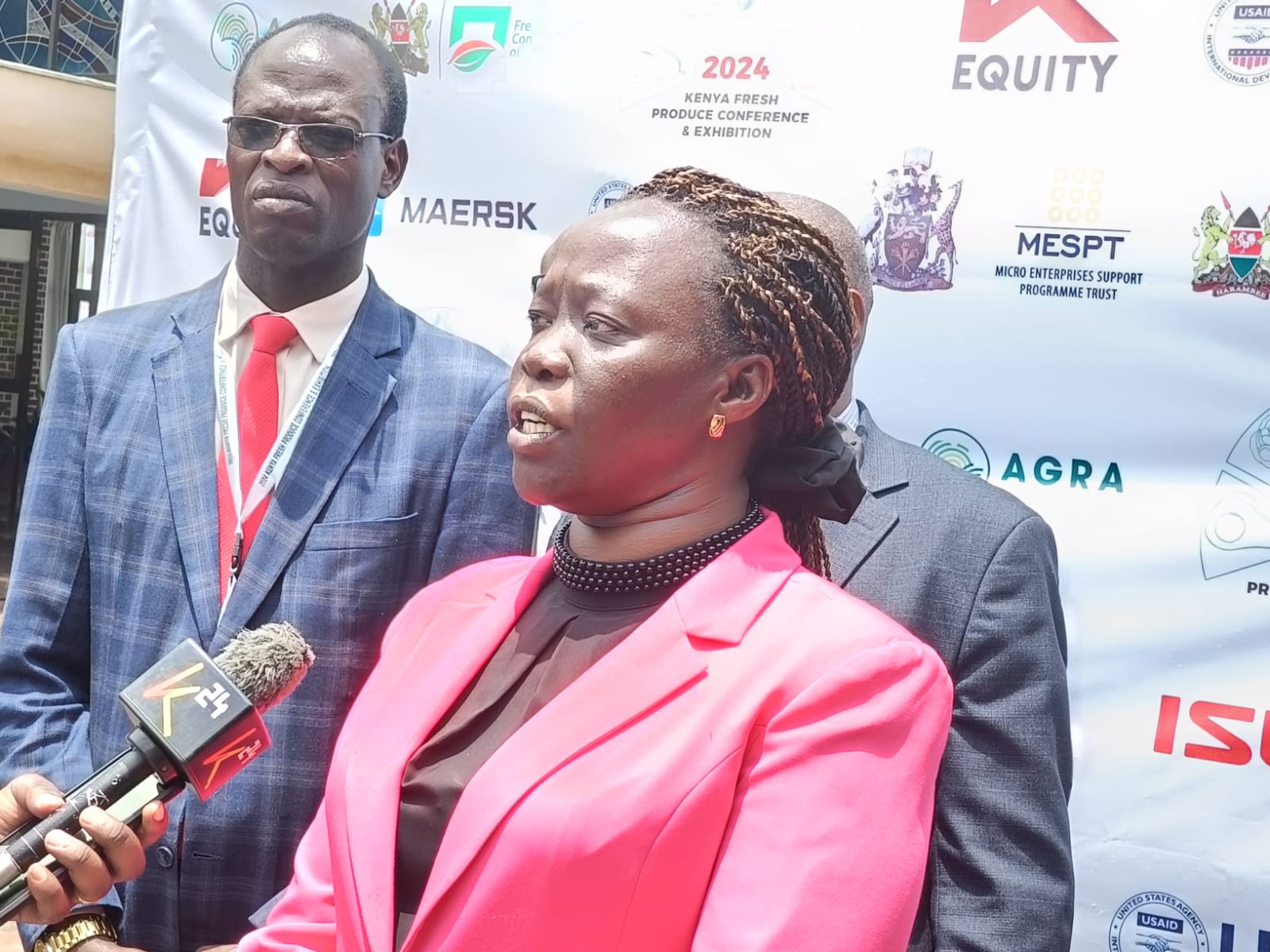The Horticultural Crops Directorate, has unveiled plans to invest in a technology that will assess all fresh produce destined for the export market.
Under the new plan all the crops will be tested for suitability replacing the current sampling method, which has been criticised for inefficien cies and irregularities.
Horticultural Crops Directorate acting director, Christine Chesaro, said the change would ensure consistent quality and volumes for Kenya’s fresh produce, particularly avocados, which are in high demand globally.
This is coming at a time that importers have raised concerns over the export of imma ture avocados from Kenya. “We want to ensure quality and consistency because that’s what the market is looking for,” she said.
She said the regulator is working with farmers, producers, and the private sector to meet international quality standards and boost export volumes.
Chesaro said efforts are underway to streamline the exports by harmonising procedures and reducing the number of steps for consignment clearance.
While the processes are rooted in law, Chesaro assured that the goal is to simplify them to improve efficiency without compromising legal requirements.
Chesaro said while Kenya’s avocado quality is competitive, but there is room for improvement, which could enhance the country’s global standing.
Kenya’s horticultural sector remains a vital part of the economy, contributing approximately Sh157 billion last year from the export of fruits, flowers, and vegetables. Fresh Produce Consortium of Kenya CEO Okisegere Ojepat said that with increased production, especially of avocados, the country aims to rank among the top three global exporters.
“We are here to dis cuss and find ways that we can lead the fresh produce market not only in terms of quantity but also quality. And see how this will be a turnaround in job creation,” he said.
He said they are currently at a point when they are looking at half a million direct jobs, but intend to triple the number in three years.
Despite being a giant in horti culture in Africa, Kenya’s share of global fruit production is still low and was estimated at 4,242 tons, or just about 0.5 percent of the global market in 2023.
This was a bit higher compared to vegetables, which recorded a contribution of 3,388 tons, or 0.3 percent of the global market.
Chesaro said Kenya is working with its missions abroad and the private sector to enhance market access for Kenya’s fruits, flowers, and vegetables.
In addressing logistical challenges, particularly the high cost of transporting produce from Mom basa to Europe, Shippers Council of East Africa CEO Agayo Ogambi said



